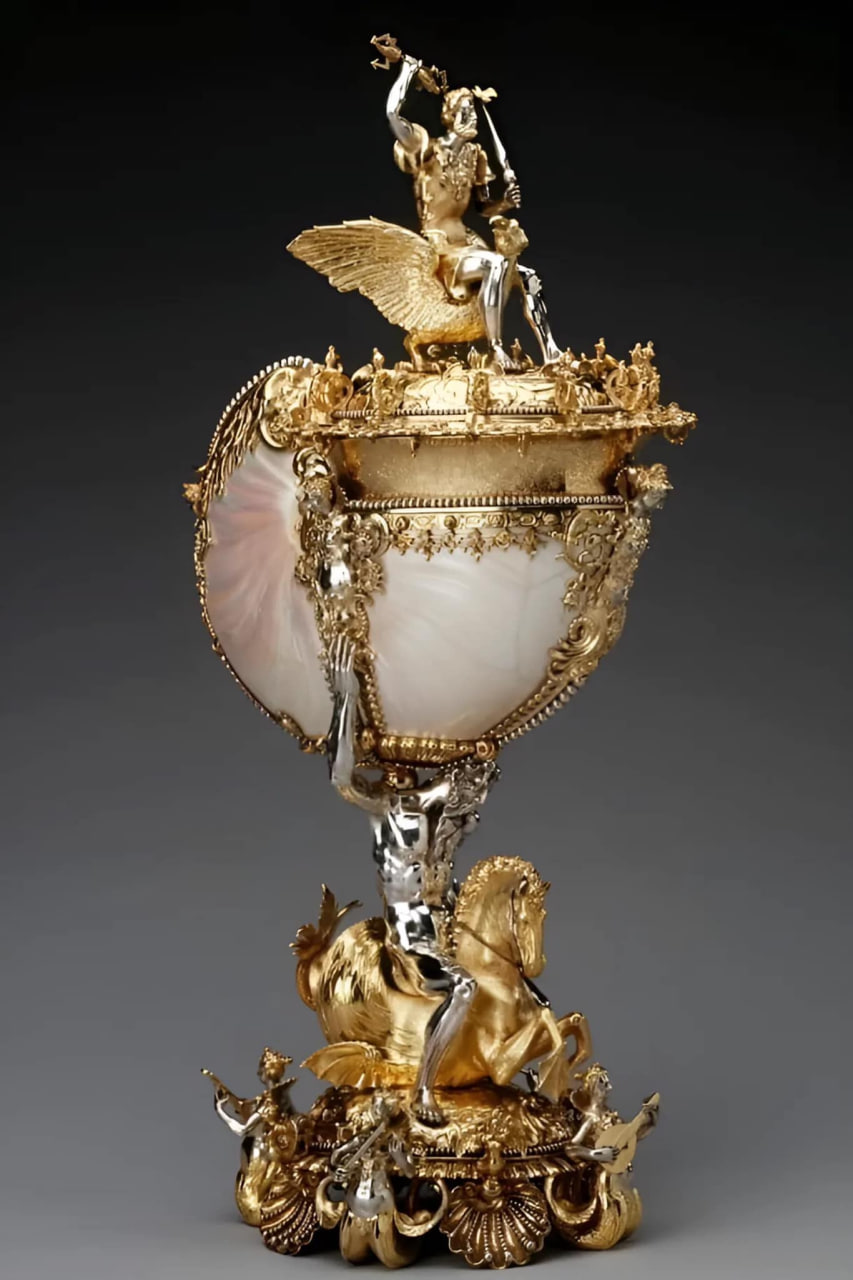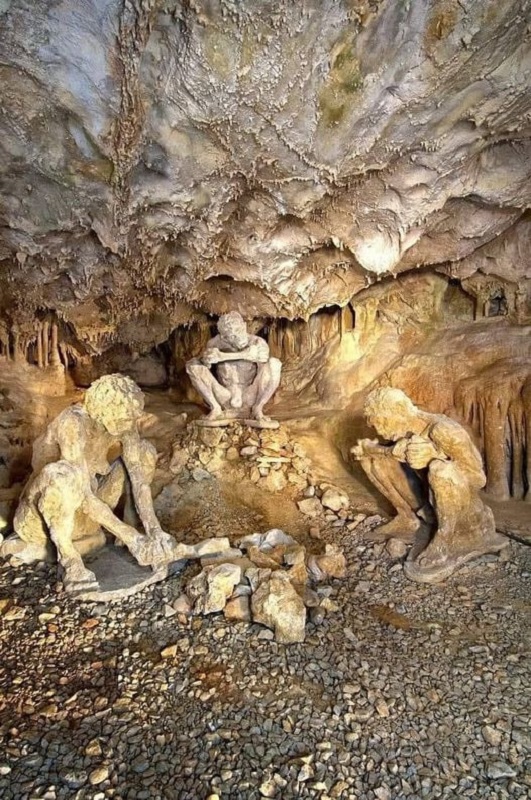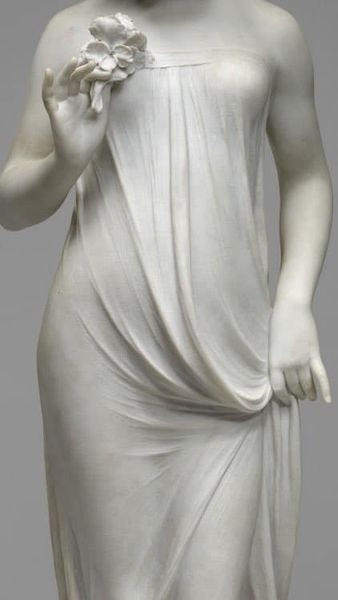Among the treasures housed within the Royal Collection at Windsor Castle, UK, one object stands out for its exquisite craftsmanship and historical significance: the Nautilus cup crafted by Nikolaus Schmidt around 1600. This remarkable piece, made from Nautilus shell, silver, and gilded silver, is a testament to Schmidt's exceptional skill as a goldsmith and watchmaker in Nuremberg.
The Nautilus cup is widely regarded as one of the finest examples of craftsmanship applied to a shell. Its intricate design and meticulous detailing elevate it to the status of a masterpiece. For centuries, it was even believed to be the work of the renowned Italian artist Benvenuto Cellini until Schmidt's logo was discovered, shedding light on the true creator of this extraordinary piece.

During the 16th century, Nautilus shells from the Pacific were highly coveted by collectors for their rarity and beauty. As a result, they were often incorporated into elaborate works of art, particularly in the Baroque style that characterized the era. Schmidt's Nautilus cup exemplifies this trend, showcasing the fusion of natural beauty with artistic ingenuity.
The Nautilus cup not only serves as a testament to Schmidt's craftsmanship but also offers a glimpse into the cultural and artistic trends of the Baroque period. Its intricate design reflects the opulence and extravagance associated with the era, making it a fitting symbol of the wealth and power of the European nobility.
Archaeologists and art historians continue to study pieces like the Nautilus cup to gain insights into the techniques and aesthetics of past eras. Through careful examination and analysis, they unravel the mysteries surrounding these artifacts, shedding light on the artistic traditions and cultural practices of bygone civilizations. As custodians of our collective heritage, archaeologists play a vital role in preserving and interpreting the treasures of the past for future generations to appreciate and admire.










